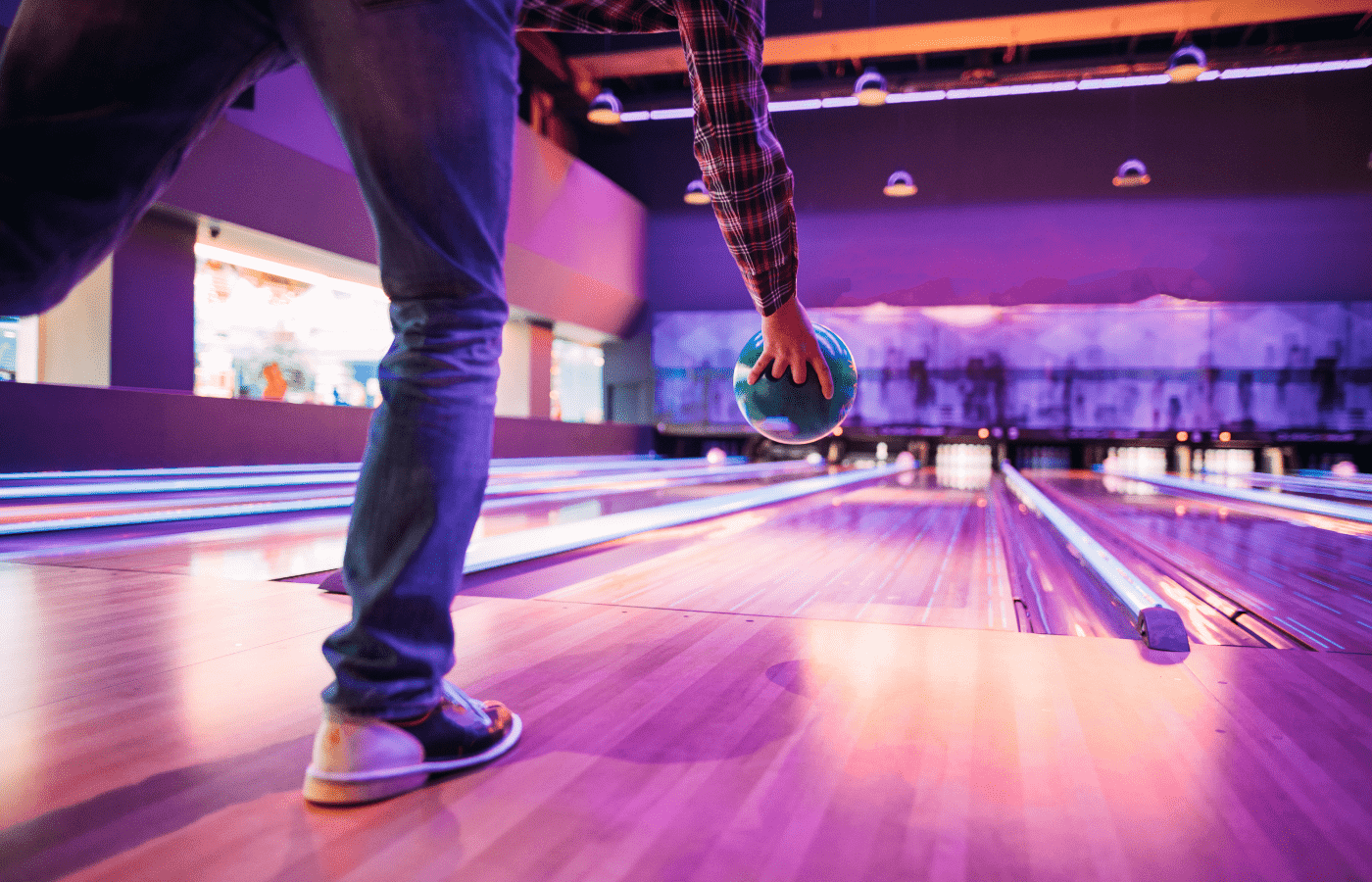You should not bowl when your rotator cuff is torn. Wait until the injury has healed and you have gotten the go-ahead from your doctor. If you bowl when the rotator is torn, you run the risk of further injuring it and prolonging your time to recovery.
The rest of the article will go into detail about the factors surrounding what happens if you bowl with a tear, what are tears in the rotator, what to do if you have this injury, and how to prevent a torn rotator cuff.
The rotator consists of tendons and muscles which secure the shoulder joint in place. The rotator stabilizes the shoulder area and ensures an extensive range of motion. It also helps you raise and move your arm around.
What Is a Rotator Cuff Tear?
A tear is when the tendon isn’t attached to the humerus. In the majority of tears, the tendon is torn away from the bone. There are four muscles that make up the rotator so a tear can happen in one or more of these muscles. This results in instability in the joint due to the laxness in the joint from the tendon tear.
What Happens if You Bowl With a Torn Rotator Cuff?
If you bowl with a torn rotator cuff, you run the risk of further injuring the tendon. This can significantly delay the time to recovery. The movement from the bowling motion may serve to aggravate the tendon tear. It is best to avoid bowling until the injury has healed.
Can Bowling Cause a Rotator Cuff Tear?
Bowling can cause a rotator cuff tear if you throw the ball too hard or with too much force. This is common in sports that involve throwing. Bowling can also lead to shoulder tendonitis because of the repeated fast swinging motions of throwing the bowling ball.
Generally, injuries happen due to motions that require repeated overhead motions or forceful pulling motions. Examples of sports commonly known to cause these kinds of injuries are baseball pitchers, football players, cheerleaders, weightlifters, and rugby players.
Tears in the rotator cuff are not only due to sports. In the non-athletic world, groups most commonly affected are orchestra conductors, choral conductors, firefighters, and drummers. Basically, anything that requires repetitive overhead motion runs the risk of a tear.
How to Prevent a Torn Rotator Cuff While Bowling
Preventing a torn rotator cuff can be accomplished in numerous ways. Keep the small and large muscles of the shoulder strong through targeted exercises. Keep good posture to ensure no added strain from slouching. Stay healthy by eating well and not smoking. Avoid strenuous activities with repetitive overhead arm action.
You can use the arm that does not have the rotator cuff tear to bowl. However, you must ensure you avoid moving the arm that is injured. It may be best to take a break from athletic activities altogether to ensure proper healing.
Bowling with the opposite hand is a good way to make sure your affected arm can heal. We recommend a shoulder brace like this one to help keep your shoulder in place and from exhibiting too much range of motion.
How Do I Know if the Rotator Cuff Is Torn?
Injuries to the rotator can cause aching shoulder pain, which gets more severe with the use of the arm away from the body. There will be pain at night, especially when sleeping the injured shoulder. There will be pain and weakness when moving the arm around in certain positions and when raising and bringing your arm down by your side.
Two kinds of rotator cuff tears are partial tear and complete tear. When a muscle that forms the rotator cuff is frayed or damaged, it is called a partial tear. When one of the muscles is torn completely from the bone, it is called a complete tear.
What Do I Do if I Tear My Rotator Cuff?
Sometimes all that is needed to recover is rest, ice, and physical therapy. If the injury is bad, surgery may be needed. Visit a doctor who will test your arm in various positions, press on different parts of your shoulder, and test your shoulder strength to determine if there is a possible tear.
Will I Need Surgery to Fix My Torn Rotator Cuff?
If conservative treatments are employed, small to medium-sized rotator cuff tears will generally heal without surgery. Physiotherapy can assist in gaining good function without surgery. Surgery may be recommended if you use your arm for working overhead or sports.
Options for surgery include arthroscopy, open, and tendon transfer. The first is tendon repair done arthroscopically, where a small camera is inserted through a small incision, and the tendon is fixed. In open tendon repair, a bigger incision is made to fix the tendon. Tendon transfer can be done if the tendon is not able to be reattached because it is too damaged.
Tests for Diagnosis
Tests that take images such as X-rays, ultrasound, and magnetic resonance imaging may be ordered. An X-ray can determine if there are bone-related reasons like bone spurs or arthritis. An ultrasound will show a picture of the non-bone tissues such as muscles and tendons. An MRI is a detailed picture of the soft tissues.
Final Thoughts
The rotator cuff is made up of four small muscles. During bowling, these muscles regulate how far your arm will go and anchor the arm down.
If you have weak stabilization muscles in the shoulder, you won’t be anchored down, and this increases the risk of possible injury from bowling.
Proper form in bowling is the best way to prevent injuries. Keep your back straight and head upright. Avoid throwing the ball too hard. The technique is much more effective than brute force.


